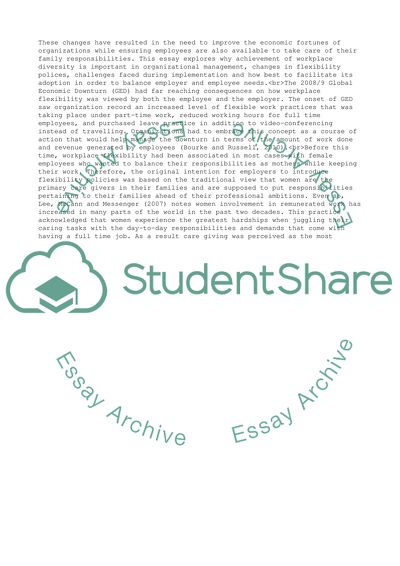Cite this document
(Workplace Diversity Research Paper Example | Topics and Well Written Essays - 2250 words, n.d.)
Workplace Diversity Research Paper Example | Topics and Well Written Essays - 2250 words. https://studentshare.org/management/1806981-workplace-diversity
Workplace Diversity Research Paper Example | Topics and Well Written Essays - 2250 words. https://studentshare.org/management/1806981-workplace-diversity
(Workplace Diversity Research Paper Example | Topics and Well Written Essays - 2250 Words)
Workplace Diversity Research Paper Example | Topics and Well Written Essays - 2250 Words. https://studentshare.org/management/1806981-workplace-diversity.
Workplace Diversity Research Paper Example | Topics and Well Written Essays - 2250 Words. https://studentshare.org/management/1806981-workplace-diversity.
“Workplace Diversity Research Paper Example | Topics and Well Written Essays - 2250 Words”. https://studentshare.org/management/1806981-workplace-diversity.


